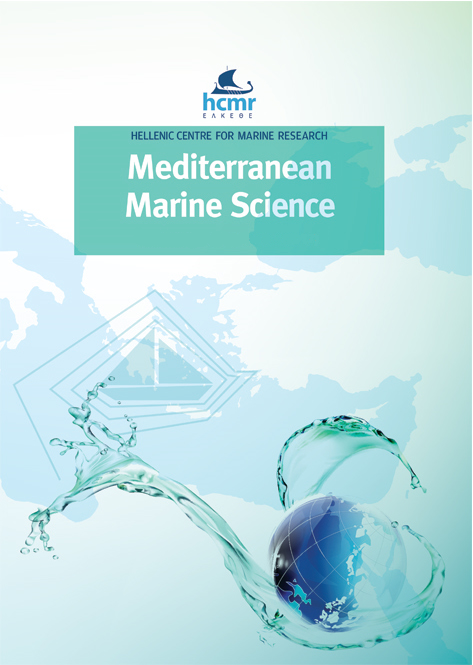In situ experiments on the effect of low pH on the ultrastructure of the seagrasses Cymodocea nodosa and Posidonia oceanica

Abstract
The present study investigates the impacts of low pH on the cell structure of the seagrasses Posidonia oceanica (L.) Delile and Cymodocea nodosa (Ucria) Ascherson. The study was applied with in situ experiments at the Castello Aragonese of Ischia (Naples, Italy), where shallow submarine vents, lowering the pH, can be used as natural laboratories. Shoots of the seagrasses were transferred from the control area (pH 8.1) to the two venting areas (pH 7.8 and 6.8) for different times. Epidermal cells of young leaves were examined using transmission electron microscopy (TEM) and tubulin immunofluorescence. After one week at pH 7.8, the cell structure of Posidonia oceanica was normal, while in Cymodocea nodosa microtubule (MT) network and cell structure were affected. In addition, in C. nodosa, ultrastructural analysis revealed a gradual degradation of the nuclei, a disorganization of the chloroplasts, and an increase in the number of mitochondria and dictyosomes. The exposure of both plants for 3 weeks at pH 6.8 resulted in the aggregation and finally in the dilation of the endoplasmic reticulum (ER) membranes. Tubulin immunofluorescence revealed that after three weeks, the MT cytoskeleton of both plants was severely affected. All these alterations can be considered as indications of an apoptotic like programmed cell death (AL-PCD) which may be executed in order to regulate stress response.
Article Details
- How to Cite
-
KOUTALIANOU, M., BUIA, M. C., & KATSAROS, C. (2022). In situ experiments on the effect of low pH on the ultrastructure of the seagrasses Cymodocea nodosa and Posidonia oceanica. Mediterranean Marine Science, 23(1), 30–45. https://doi.org/10.12681/mms.26314
- Issue
- Vol. 23 No. 1 (2022)
- Section
- Research Article
Authors who publish with this journal agree to the following terms:
- Authors retain copyright and grant the journal right of first publication with the work simultaneously licensed under a Creative Commons Attribution Non-Commercial License that allows others to share the work with an acknowledgement of the work's authorship and initial publication in this journal.
- Authors are able to enter into separate, additional contractual arrangements for the non-exclusive distribution of the journal's published version of the work (e.g. post it to an institutional repository or publish it in a book), with an acknowledgement of its initial publication in this journal.
- Authors are permitted and encouraged to post their work online (preferably in institutional repositories or on their website) prior to and during the submission process, as it can lead to productive exchanges, as well as earlier and greater citation of published work (See The Effect of Open Access).




